I’ll get straight to it – I was diagnosed with Acute Lymphoblastic Leukemia, a type of cancer of the blood, in October of 2004 when I was a 15-year-old highschool freshman. After missing a year of school and undergoing extensive treatment for almost 3 years, I was finally in remission in June of 2007.
Unfortunately, I learned that battles with cancer (financially, physically, mentally, and/or emotionally) don’t end on a specific date. I developed a condition known as avascular necrosis of my right hip, which is essentially bone tissue death due to a lack of blood supply. This was caused by the long-term, high doses of corticosteroids I had to take as part of the medical treatment for when I had cancer.
As much as I tried to delay the inevitable, I eventually opted for a right total hip replacement in the summer of 2009 when I was a 19-year-old college freshman because I could no longer walk without considerable pain and a noticeable limp. Based on how my condition progressed, there were no other options available for me at that time.
The upside to this experience was that I met a wonderful physical therapist in the hospital who inspired me to switch majors from Business to Kinesiology. This allowed me to complete the prerequisites needed to apply to a Doctor of Physical Therapy graduate program.
Thanks to her empathy and kindness that inspired me to pursue a career as a physical therapist, I ended up graduating from Emory University 6 years later, one of the top ranked schools in the United States. From there, I completed an orthopedic physical therapy residency at the University of Southern California (USC), the #1 ranked Doctor of Physical Therapy program.
Since that time, I’ve had the opportunity to work in clinics on both sides of the country, co-own a physical therapy practice with my wife (who I met at Emory!), collaborate with top surgeons, become a published author, teach anatomy, biomechanics, and exercise prescription to doctoral students at USC, mentor other physical therapy residents, and so much more!
Although I would never want to relive some of those early years, I’m thankful for where this journey has guided me.

I’ll get straight to it – I was diagnosed with Acute Lymphoblastic Leukemia, a type of cancer of the blood, in October of 2004 when I was a 15-year-old highschool freshman. After missing a year of school and undergoing extensive treatment for almost 3 years, I was finally in remission in June of 2007.
Unfortunately, I learned that battles with cancer (financially, physically, mentally, and/or emotionally) don’t end on a specific date. I developed a condition known as avascular necrosis of my right hip, which is essentially bone tissue death due to a lack of blood supply. This was caused by the long-term, high doses of corticosteroids I had to take as part of the medical treatment for when I had cancer.
As much as I tried to delay the inevitable, I eventually opted for a right total hip replacement in the summer of 2009 when I was a 19-year-old college freshman because I could no longer walk without considerable pain and a noticeable limp. Based on how my condition progressed, there were no other options available for me at that time.
The upside to this experience was that I met a wonderful physical therapist in the hospital who inspired me to switch majors from Business to Kinesiology. This allowed me to complete the prerequisites needed to apply to a Doctor of Physical Therapy graduate program.
Thanks to her empathy and kindness that inspired me to pursue a career as a physical therapist, I ended up graduating from Emory University 6 years later, one of the top ranked schools in the United States. From there, I completed an orthopedic physical therapy residency at the University of Southern California (USC), the #1 ranked Doctor of Physical Therapy program.
Since that time, I’ve had the opportunity to work in clinics on both sides of the country, co-own a physical therapy practice with my wife (who I met at Emory!), collaborate with top surgeons, become a published author, teach anatomy, biomechanics, and exercise prescription to doctoral students at USC, mentor other physical therapy residents, and so much more!
Although I would never want to relive some of those early years, I’m thankful for where this journey has guided me.
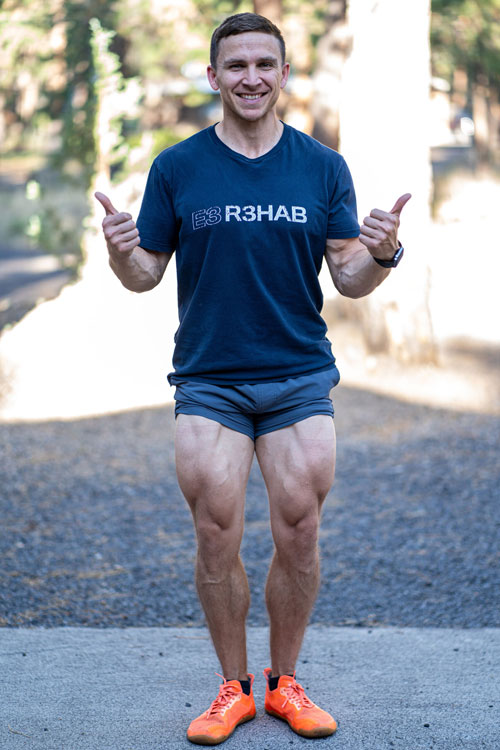
If you read our story, you know that “E3” stands for empowerment through evidence-based education. I helped develop and grow E3 Rehab so I could provide reliable, high-quality, easily accessible information to millions of people around the world every single day.
Information I didn’t have as an active 19-year-old with a total hip replacement.
Information that will help you take control of your health and life.
Information when you want it, without barriers.
Education aside, I want to motivate and inspire. Despite my history of cancer, right total hip replacement, and many medical complications along the way, I want to show you that I’ve been able to lead an otherwise active and healthy life.
If you don’t know what you’re capable of, let me show you. I’m here to help you become the strongest, happiest, healthiest, and most resilient version of yourself.
Although I was born and raised in one of the hottest and driest cities in the United States, Yuma, Arizona, I currently live in beautiful Los Angeles, California with my wife, Nicole, and our two dogs, Rosie and Kai.
Whether it’s domestically or internationally, Nicole and I love to travel! Two of our fondest trips have been to Ireland (where I proposed on the Cliffs of Moher!) and Japan for our honeymoon.
We also like to spend time outdoors on the beach, on a mountain, or even on a pickleball court. Otherwise, you might find us inside playing our nightly game of Backgammon, reading a book, or cuddling up with the pups.


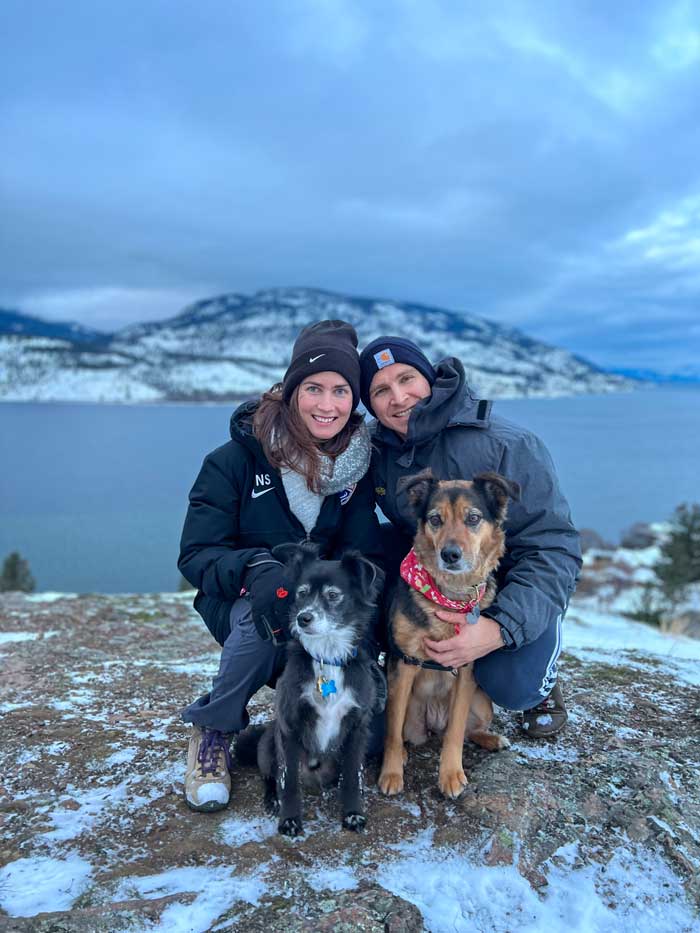

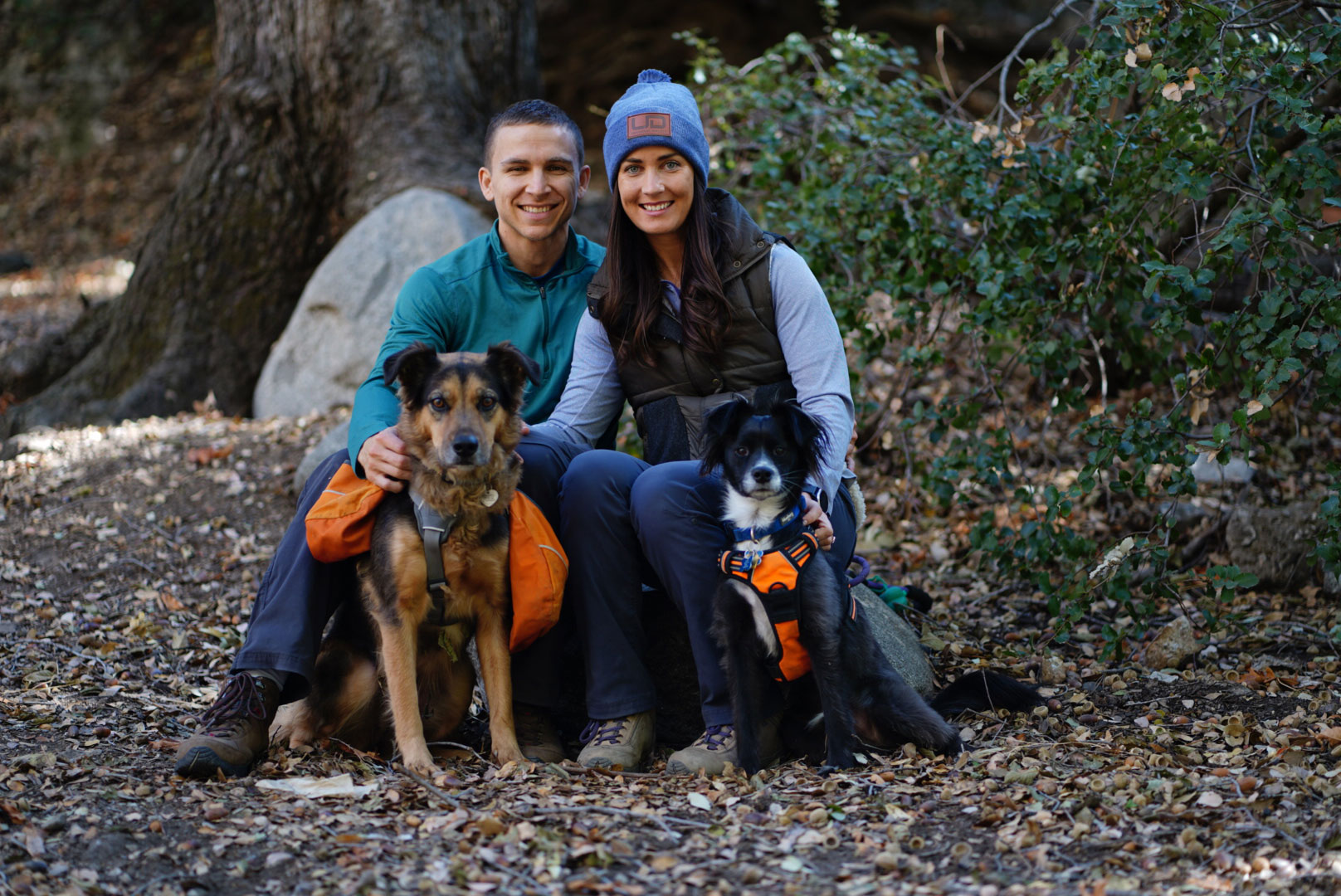

I didn’t have a defining moment or event that led me to become a Physical Therapist. Instead, it was a slow evolution of interest through multiple experiences.
It started at a young age when an active lifestyle led me to develop an appreciation for the movement and function of the human body. This eventually led me to pursue a major in Exercise Science at the University of California, Davis where I was first exposed to injury rehabilitation supporting our Division I athletes as a student athletic trainer. During this time, I even experienced first-hand the physical and emotional stress of rehabbing an injury, as I spent multiple years recovering from a misdiagnosed and mismanaged wrist fracture (scaphoid bone).
While all of these events pushed me closer to a career in physical therapy, it wasn’t until my time spent working in an outpatient clinic after college that solidified my decision. In addition to injury rehabilitation, they had an extensive sports wellness program that focused on bridging the gap between rehab services and community-based wellness and fitness needs. I then knew this was the direction I wanted to go.
I spent the next three years in Boston, Massachusetts at MGH Institute of Health Professions (a top 10-ranked Physical Therapy program in the country) before moving back to San Francisco, California to work in an outpatient clinic.
In that clinic, I saw hundreds of patients every month and spent each session trying to “fix” them. When someone came in with an injury or chronic pain, I felt inclined to find “abnormalities”, verbosely explain them, and try to navigate people toward a “quick fix.” And worst of all, my patients probably left these sessions feeling more helpless than when they came in. In all honesty, this is what I thought I was supposed to do as a Physical Therapist.
Through a lot of time spent challenging my biases, talking with other practitioners, and reading research, my perspective on how to support individuals as a Physical Therapist began to shift:
This ultimately led me to open my own clinic: ADAPT, a practice centered around education, empowerment, and movement. Today, I understand how strong, resilient, and adaptable the human body truly is, and it is not something we need to “fix.”
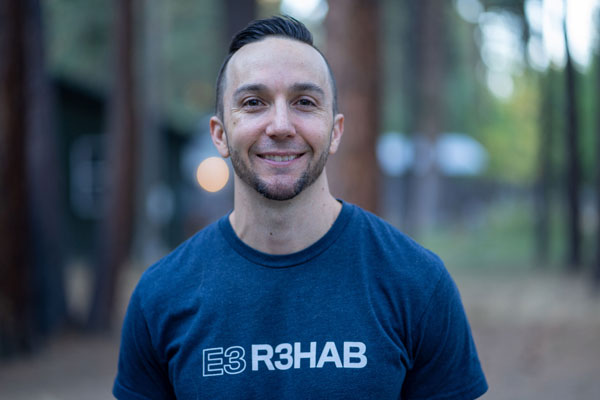
I didn’t have a defining moment or event that led me to become a Physical Therapist. Instead, it was a slow evolution of interest through multiple experiences.
It started at a young age when an active lifestyle led me to develop an appreciation for the movement and function of the human body. This eventually led me to pursue a major in Exercise Science at the University of California, Davis where I was first exposed to injury rehabilitation supporting our Division I athletes as a student athletic trainer. During this time, I even experienced first-hand the physical and emotional stress of rehabbing an injury, as I spent multiple years recovering from a misdiagnosed and mismanaged wrist fracture (scaphoid bone).
While all of these events pushed me closer to a career in physical therapy, it wasn’t until my time spent working in an outpatient clinic after college that solidified my decision. In addition to injury rehabilitation, they had an extensive sports wellness program that focused on bridging the gap between rehab services and community-based wellness and fitness needs. I then knew this was the direction I wanted to go.
I spent the next three years in Boston, Massachusetts at MGH Institute of Health Professions (a top 10-ranked Physical Therapy program in the country) before moving back to San Francisco, California to work in an outpatient clinic.
In that clinic, I saw hundreds of patients every month and spent each session trying to “fix” them. When someone came in with an injury or chronic pain, I felt inclined to find “abnormalities”, verbosely explain them, and try to navigate people toward a “quick fix.” And worst of all, my patients probably left these sessions feeling more helpless than when they came in. In all honesty, this is what I thought I was supposed to do as a Physical Therapist.
Through a lot of time spent challenging my biases, talking with other practitioners, and reading research, my perspective on how to support individuals as a Physical Therapist began to shift:
This ultimately led me to open my own clinic: ADAPT, a practice centered around education, empowerment, and movement. Today, I understand how strong, resilient, and adaptable the human body truly is, and it is not something we need to “fix.”
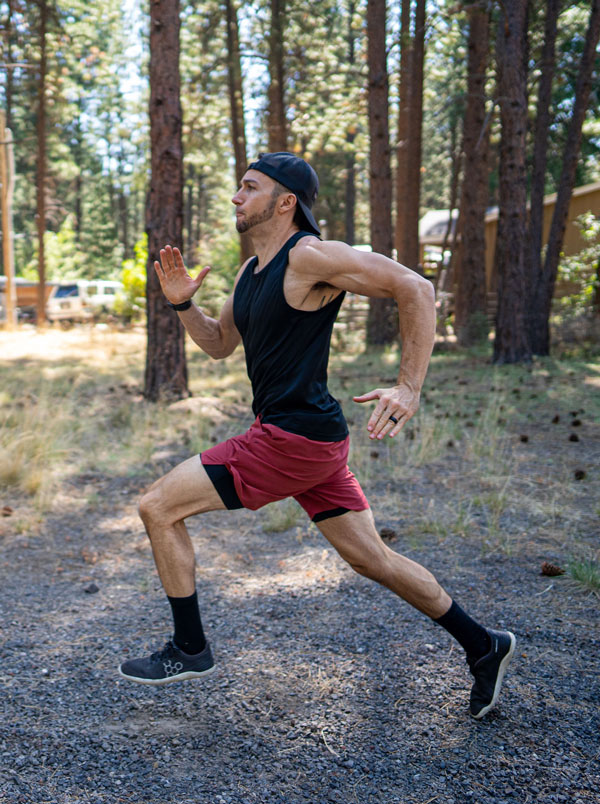
There are two primary reasons that led me to start E3 Rehab.
The first was to reach more people. Early in my Physical Therapy career, a friend asked me “How many people would you rather help as a health and fitness professional, 10 or 10,000?”
With a filled schedule, I could help maybe 10 people a day. But what about everyone else? There are millions of people in the world who could benefit from my knowledge and expertise in order to overcome their injuries or pain and improve their overall health and quality of life.
Secondly, I want people to feel stronger, more resilient, and more capable than ever before. I know firsthand how it feels to be labeled with anatomical flaws and made to believe you are broken:
With access to reliable information, I have had minimal to no issues with these “abnormalities” interfering with my active lifestyle. I do not want you to miss out on the enjoyment of life because you were provided with inaccurate and discouraging information.
These are the primary reasons why I helped develop E3 Rehab. I want to build and grow an educational platform that provides you with high-quality information on topics related to pain, injuries, and rehabilitation that puts you in control of your life.
Outside of the few years I spent in Boston for PT school, I’ve lived in the Bay Area my entire life until my wife, Steph, and I decided to move to Bend, Oregon with our 2 rescue dogs, Tres and Stella, in the summer of 2022.
Here, we enjoy a variety of outdoor activities from floating the Deschutes River in the summer to snowshoeing in the winter. On a weekly basis, if I am not editing your favorite YouTube videos, you can find me hiking with the dogs, playing basketball, reading a book, or watching my favorite sports teams (Warriors and Niners of course!).
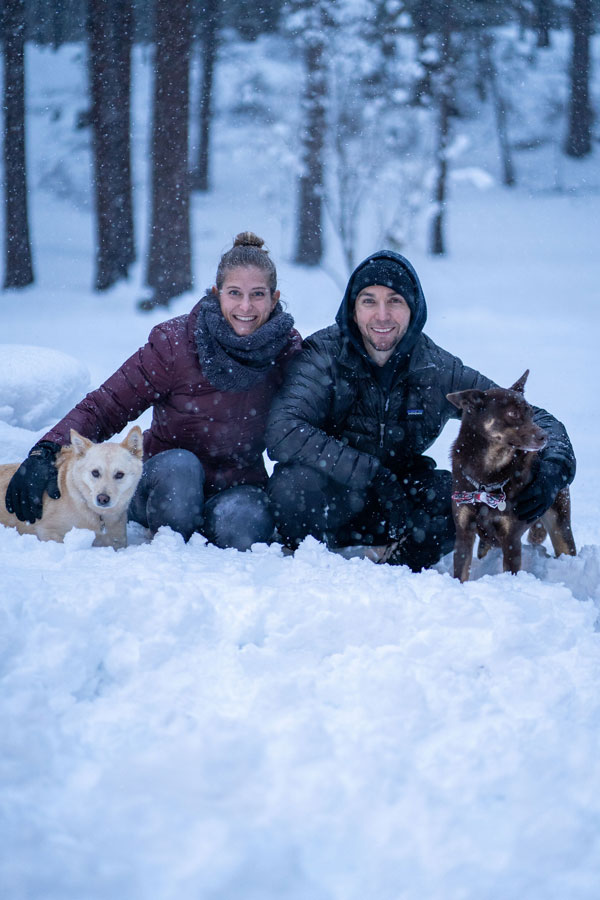
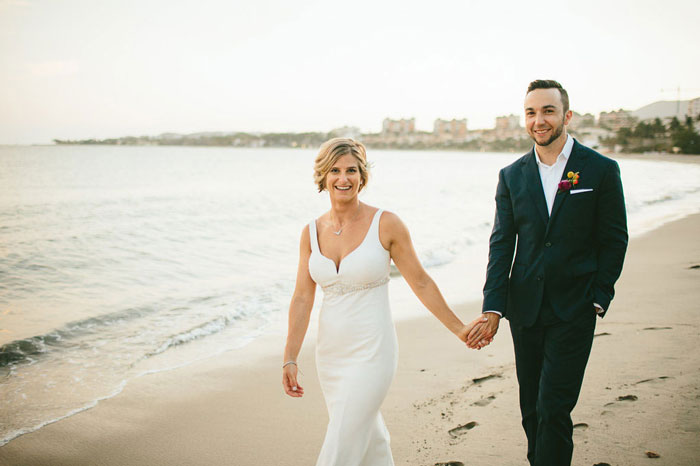
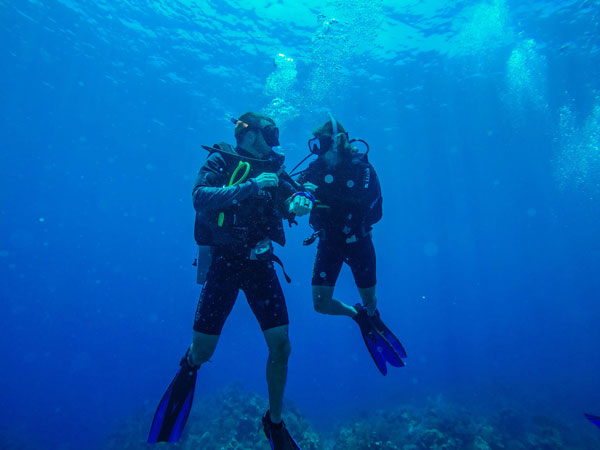



Starting in middle school, I was the kid who was always more interested in training for sports than playing the sport itself. In 8th grade, I began to search the internet for exercise and training articles and videos. This was in the early 2010’s when T-Nation and other fitness / training blogs were in their prime. I began to learn about individuals like Dan John, Eric Cressey, Mike Boyle, Joe DeFranco, and many other prominent strength coaches at the time. I became more and more invested in reading and implementing different types of training in my early high school years. I even remember asking for Dan John and Pavel Psatsouline training books for Christmas.
Around this same time, I entered my first serious relationship. This individual struggled with a variety of health concerns and experienced long-standing persistent pain. Unfortunately, she had to drop out of high school and finish her high school education online while she was in and out of the hospital. Throughout this relationship, I grew a large appreciation for the messiness and struggles someone experiences living with chronic pain. I started to realize, and accept, the uncertainty that often comes with highly complex medical conditions and illnesses.
Ultimately, I entered college with two somewhat contrasting interests. On one end, I loved learning all things S&C and high-level performance. On the other end, I felt such a strong tie towards healthcare, medicine, and chronic pain. The next few years turned into experiencing a variety of internships throughout the US. I spent my freshman summer interning at DeFranco’s Gym. At that time, they were partnered with Onnit HQ, in Austin, TX and they worked with primarily collegiate football and NFL players. I had my first taste of the private sector side of S&C. My intern coordinator, Cameron Josse, introduced me to information from people like Charlie Francis, Buddy Morris, Mel Siff, Anatoliy Bondarchuk, and Vladimir Issurin. The next summer, I traveled up to northern New Jersey to intern at Parabolic Performance and Rehab. I was exposed to the world of highly specialized Olympic figure skating 10- and 11-year-old hopefuls, competitive hockey players, and the semi-private training model of S&C.
Following my Junior year, I moved to Denver Colorado, to intern at ETHOS Colorado. This facility consisted primarily of general population, highly active adults. My intern coordinators, Matt Malloy and Jonathan Pope, introduced me to the concepts of motivational interviewing, behavior change, and navigating difficult conversations. It was during this summer internship that I made the shift from actively pursuing a future career in S&C, to actively pursuing the world of health care through applying to physical therapy school. I realized that receiving a doctorate in physical therapy would afford me the opportunity to work with a much more varied population of humans. I could communicate with, and hopefully help, patients that were suffering with long-standing illnesses and battling chronic pain, but I could also work with high level athletes that were trying to return to sport.
After graduation, I accepted a corporate health and wellness internship with EXOS at Google in the California Bay Area. I spent the summer teaching group strength classes to Google employees (i.e. “Googlers”) throughout their numerous campuses and on-site EXOS based gyms. During this time, I began an informal internship under Derek Miles at Stanford Children’s Health, while he was the Advanced Clinical Specialist in their pediatric sports medicine clinic. I proceeded to stay in CA for a year, staying on with EXOS as a personal trainer at Google, and maintaining my mentorship with Derek at Stanford. Derek introduced me to the value of reading research, exposed me to individuals like Erik Meira and Scot Morrison, and set a phenomenal standard for critical thinking prior to my move back down to Texas for grad school.
After that year in California, I moved down to San Antonio, TX to complete my Doctor of Physical Therapy degree at UT Health San Antonio. During those three years, I started and maintained an in-person and online student Journal Club, a musculoskeletal rehab and S&C podcast, “Adaptabilia,” with my two close friends Q Willey and Mason Moore, and completed an internship with Clinical Athlete, under Quinn Henoch, as their Student Forum Ambassador.
I am incredibly grateful for all these amazing opportunities and experiences, and I am extremely fortunate for the mentorships and friendships I’ve received along the way.

Starting in middle school, I was the kid who was always more interested in training for sports than playing the sport itself. In 8th grade, I began to search the internet for exercise and training articles and videos. This was in the early 2010’s when T-Nation and other fitness / training blogs were in their prime. I began to learn about individuals like Dan John, Eric Cressey, Mike Boyle, Joe DeFranco, and many other prominent strength coaches at the time. I became more and more invested in reading and implementing different types of training in my early high school years. I even remember asking for Dan John and Pavel Psatsouline training books for Christmas.
Around this same time, I entered my first serious relationship. This individual struggled with a variety of health concerns and experienced long-standing persistent pain. Unfortunately, she had to drop out of high school and finish her high school education online while she was in and out of the hospital. Throughout this relationship, I grew a large appreciation for the messiness and struggles someone experiences living with chronic pain. I started to realize, and accept, the uncertainty that often comes with highly complex medical conditions and illnesses.
Ultimately, I entered college with two somewhat contrasting interests. On one end, I loved learning all things S&C and high-level performance. On the other end, I felt such a strong tie towards healthcare, medicine, and chronic pain. The next few years turned into experiencing a variety of internships throughout the US. I spent my freshman summer interning at DeFranco’s Gym. At that time, they were partnered with Onnit HQ, in Austin, TX and they worked with primarily collegiate football and NFL players. I had my first taste of the private sector side of S&C. My intern coordinator, Cameron Josse, introduced me to information from people like Charlie Francis, Buddy Morris, Mel Siff, Anatoliy Bondarchuk, and Vladimir Issurin. The next summer, I traveled up to northern New Jersey to intern at Parabolic Performance and Rehab. I was exposed to the world of highly specialized Olympic figure skating 10- and 11-year-old hopefuls, competitive hockey players, and the semi-private training model of S&C.
Following my Junior year, I moved to Denver Colorado, to intern at ETHOS Colorado. This facility consisted primarily of general population, highly active adults. My intern coordinators, Matt Malloy and Jonathan Pope, introduced me to the concepts of motivational interviewing, behavior change, and navigating difficult conversations. It was during this summer internship that I made the shift from actively pursuing a future career in S&C, to actively pursuing the world of health care through applying to physical therapy school. I realized that receiving a doctorate in physical therapy would afford me the opportunity to work with a much more varied population of humans. I could communicate with, and hopefully help, patients that were suffering with long-standing illnesses and battling chronic pain, but I could also work with high level athletes that were trying to return to sport.
After graduation, I accepted a corporate health and wellness internship with EXOS at Google in the California Bay Area. I spent the summer teaching group strength classes to Google employees (i.e. “Googlers”) throughout their numerous campuses and on-site EXOS based gyms. During this time, I began an informal internship under Derek Miles at Stanford Children’s Health, while he was the Advanced Clinical Specialist in their pediatric sports medicine clinic. I proceeded to stay in CA for a year, staying on with EXOS as a personal trainer at Google, and maintaining my mentorship with Derek at Stanford. Derek introduced me to the value of reading research, exposed me to individuals like Erik Meira and Scot Morrison, and set a phenomenal standard for critical thinking prior to my move back down to Texas for grad school.
After that year in California, I moved down to San Antonio, TX to complete my Doctor of Physical Therapy degree at UT Health San Antonio. During those three years, I started and maintained an in-person and online student Journal Club, a musculoskeletal rehab and S&C podcast, “Adaptabilia,” with my two close friends Q Willey and Mason Moore, and completed an internship with Clinical Athlete, under Quinn Henoch, as their Student Forum Ambassador.
I am incredibly grateful for all these amazing opportunities and experiences, and I am extremely fortunate for the mentorships and friendships I’ve received along the way.
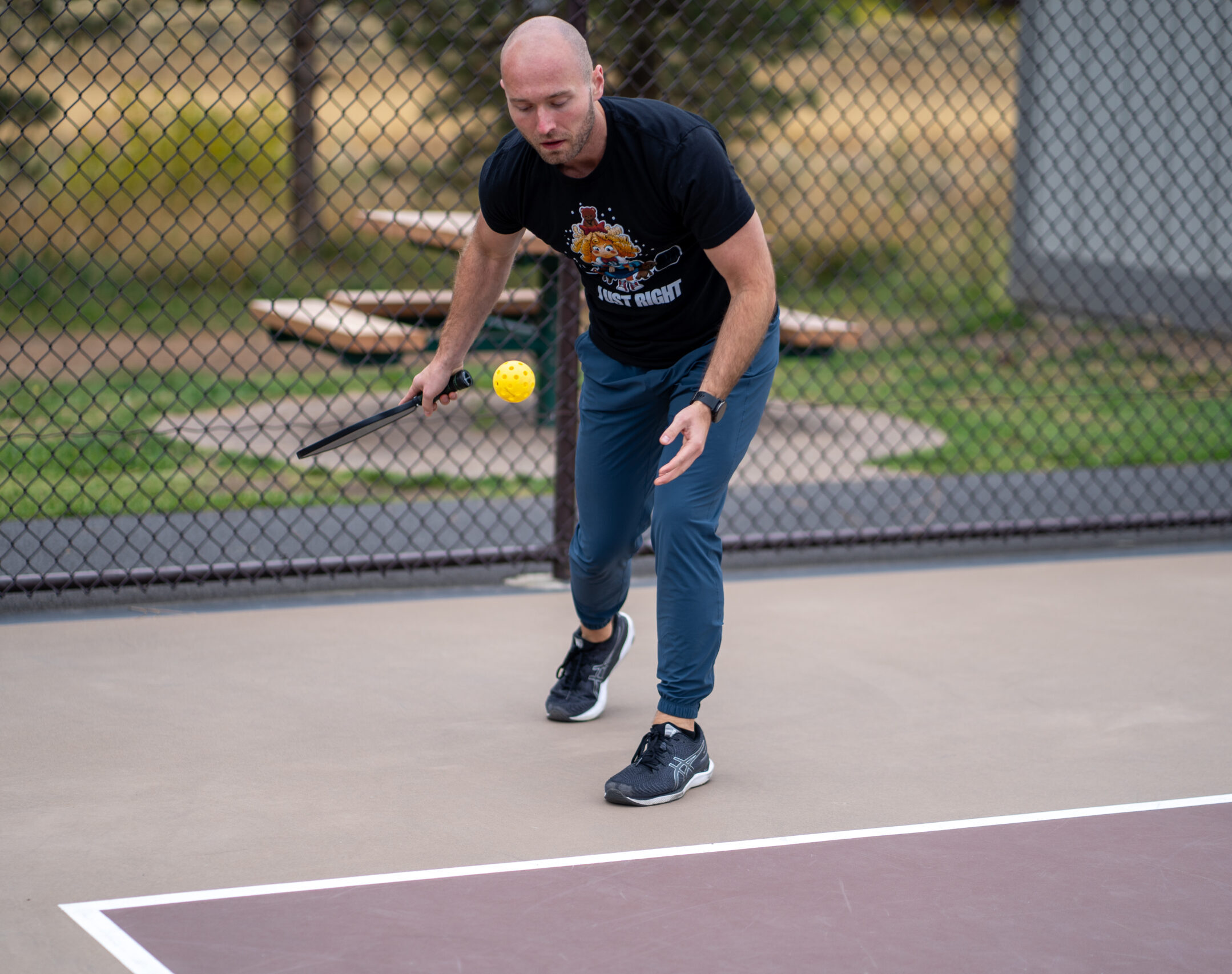
E3 Rehab captures all the values and goals that I have adopted over the past few years. I completely resonate with what E3 stands for, “empowerment through evidence-based education.”
I love that E3 provides such consistent, high-quality information in a variety of mediums, including YouTube videos, blogs, podcasts, and remote coaching. Through E3 Rehab, I can continue to work with a variety of active individuals both directly, through remote consultations and programming, and indirectly, through educational videos, podcasts, and blogs.
I highly respect and appreciate the sheer amount of work that Marc and Tony have put forth in developing E3. I want to help E3 Rehab continue to grow and evolve as a company and educational platform / resource for patients, clinicians, and students.
I was initially born and raised in Austin, TX and, as you might have noticed, I have lived in several places throughout the US. After I finished my DPT degree, I accepted a full-time position at a Sports Medicine clinic in Gig Harbor, WA. I wanted to move to a new part of the US that I have yet to experience, work in a multidisciplinary healthcare setting, and have mentorship and growth opportunities as a clinician.
Outside of my time spent in the clinic and my remote work with E3 Rehab, I spend most of my free time going for walks or hikes, exploring new coffee shops or restaurants, reading and listening to podcasts, finding dogs to pet, and spending time with valued friends and loved ones.
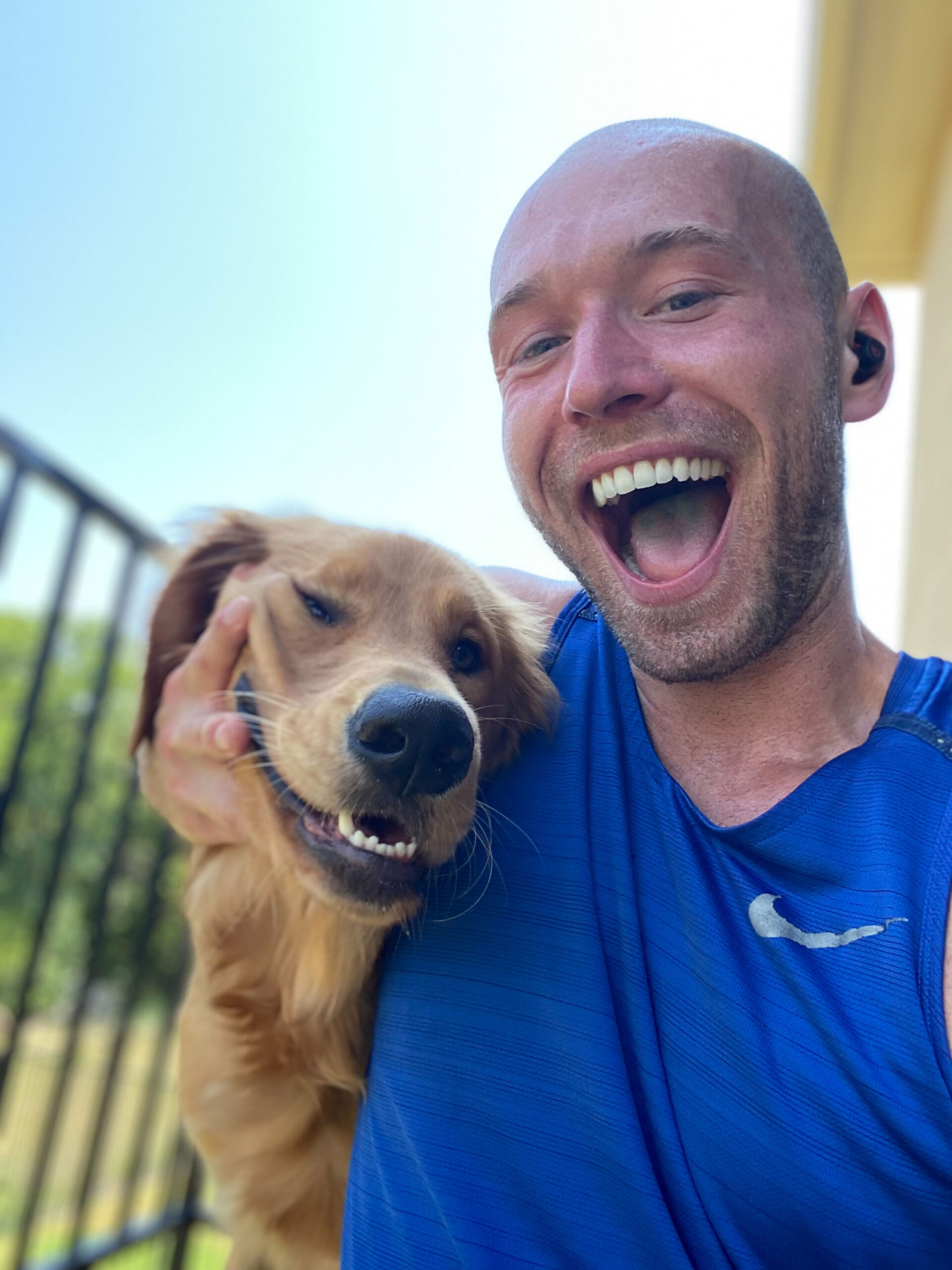

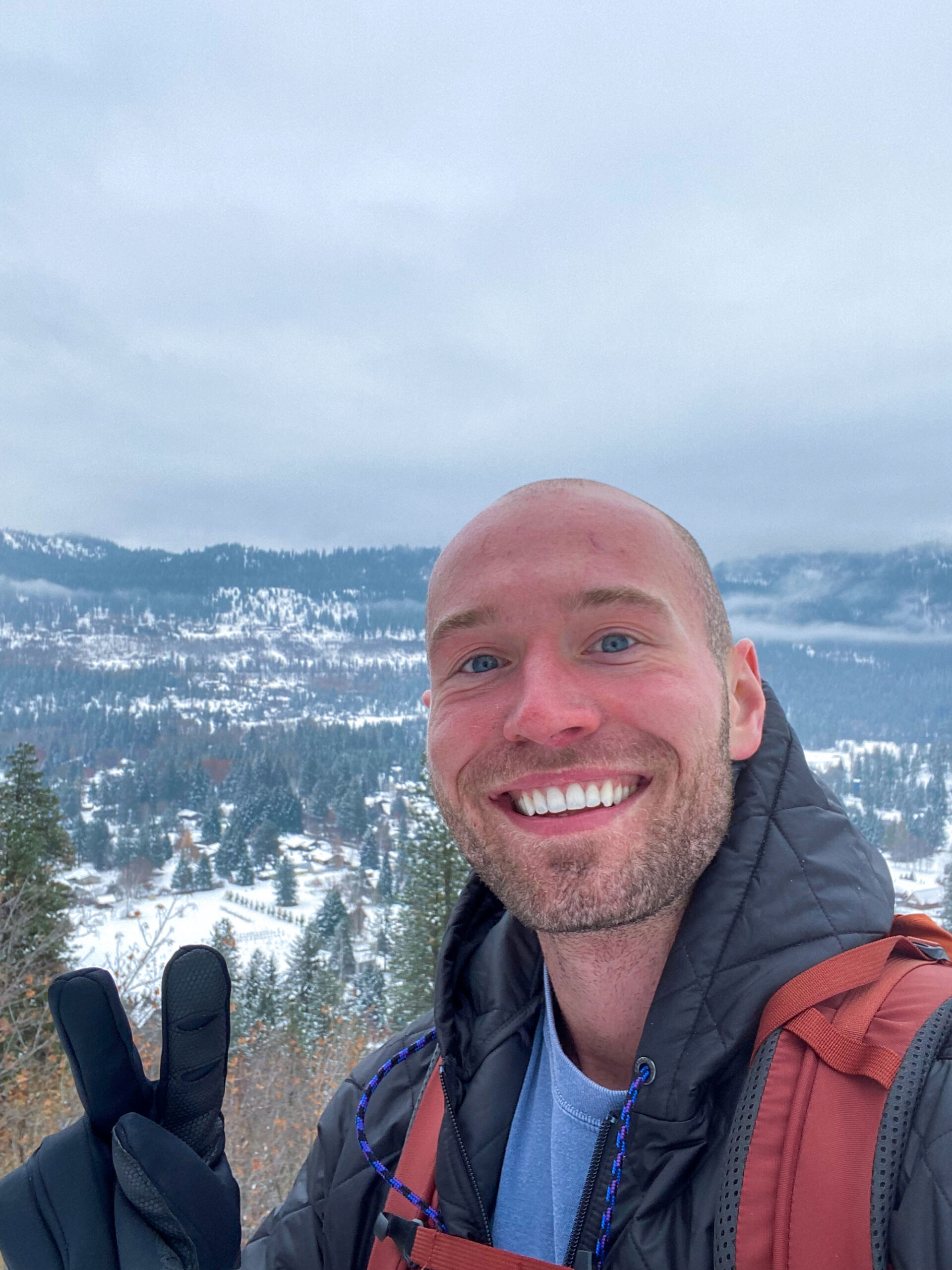
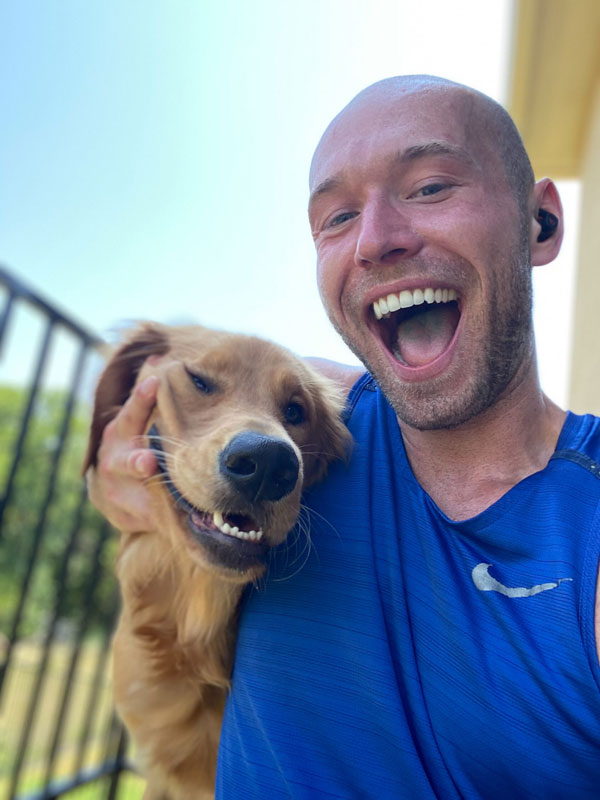

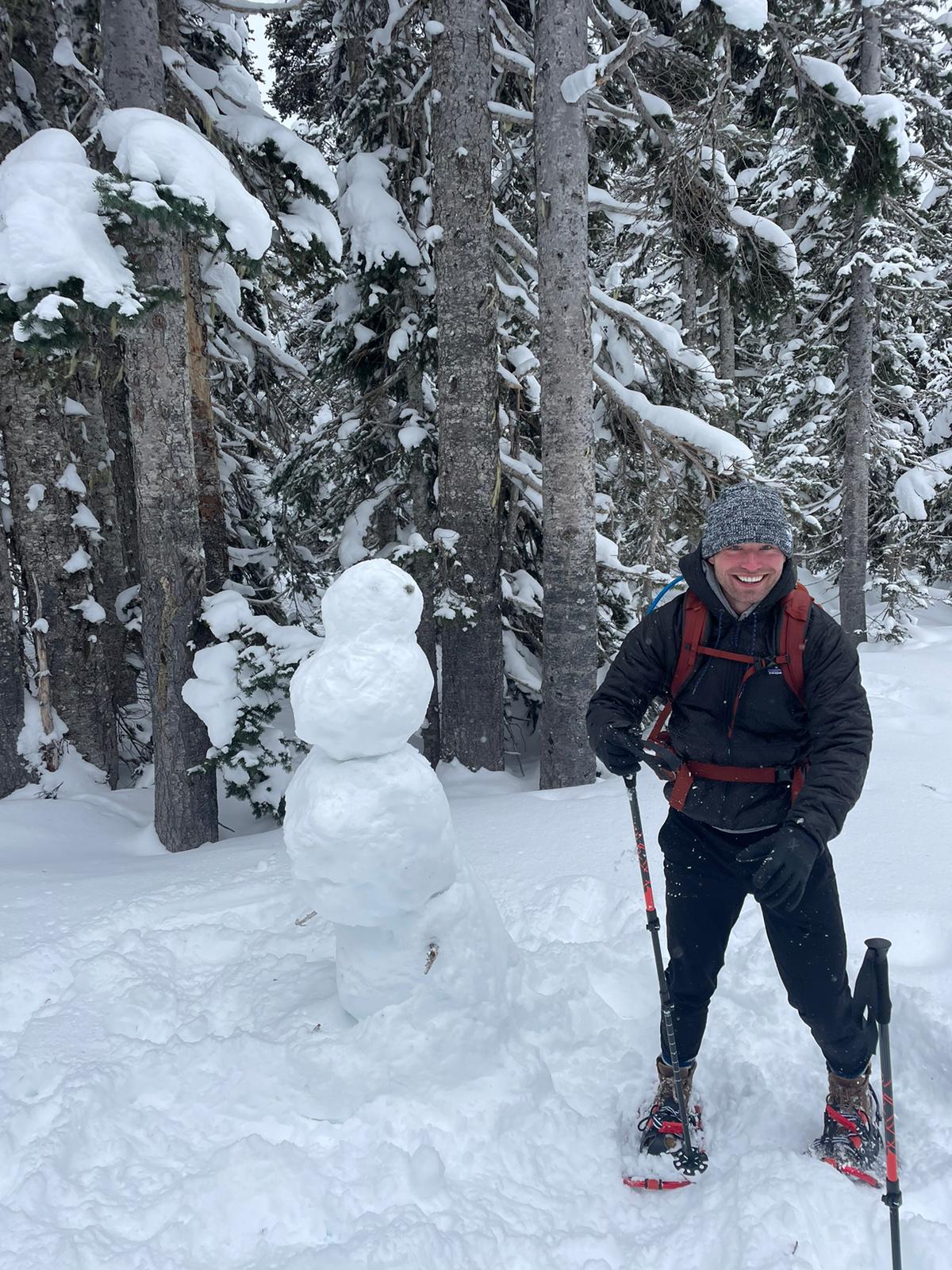
Get a free dynamic warm-up when you sign up for our newsletter. You'll also receive exclusive content, updates, deals, and more!